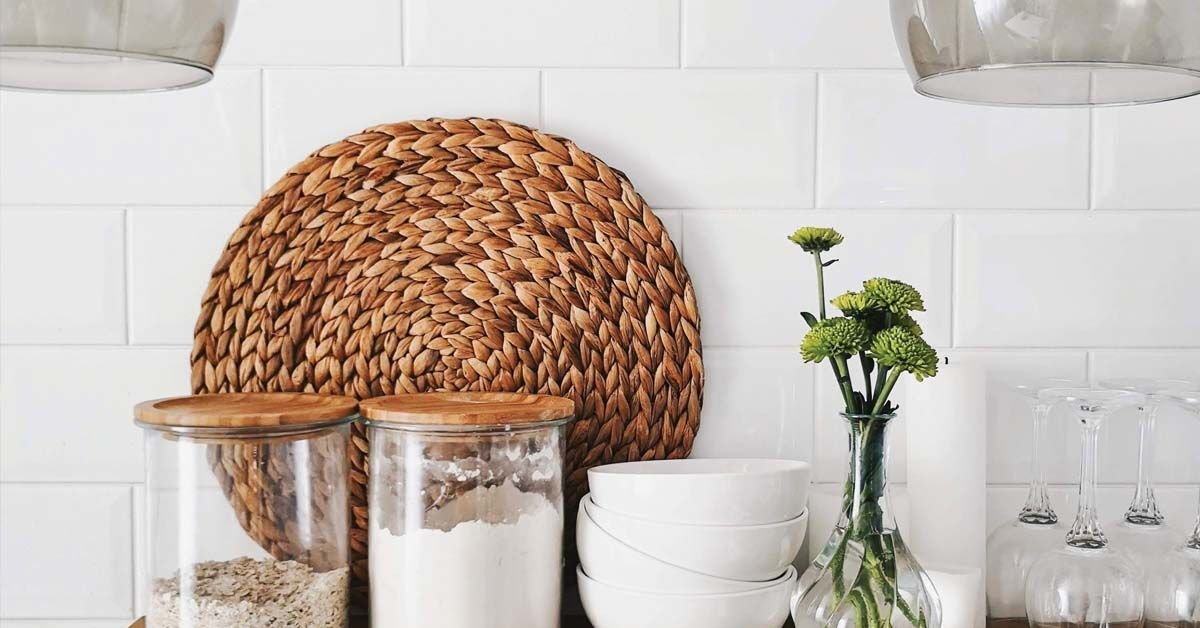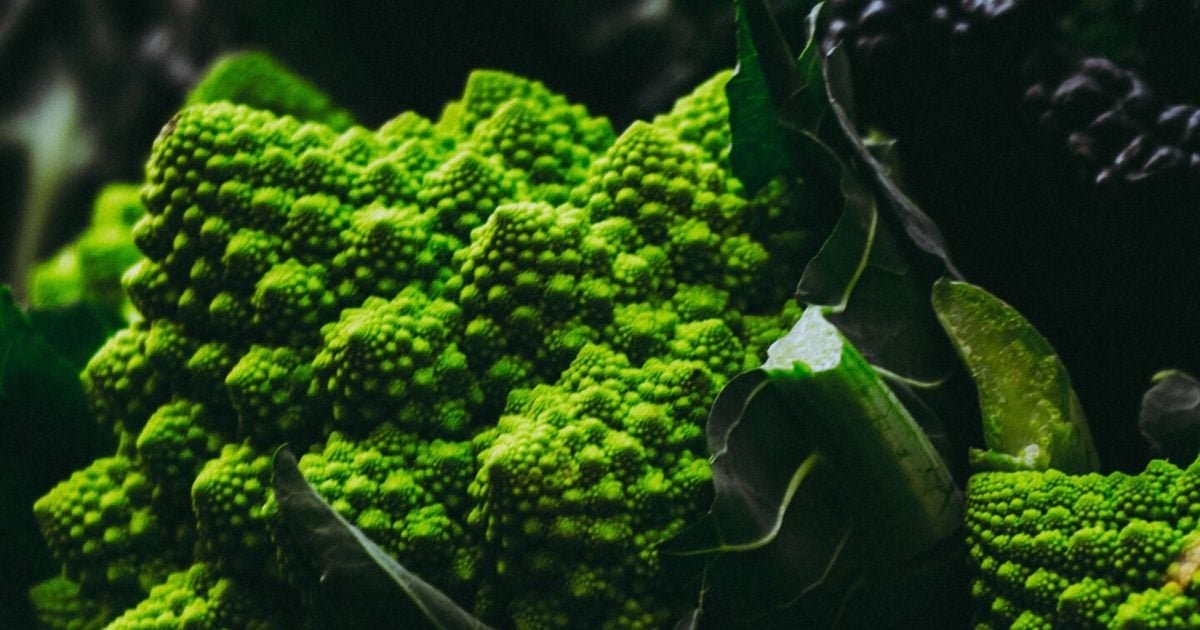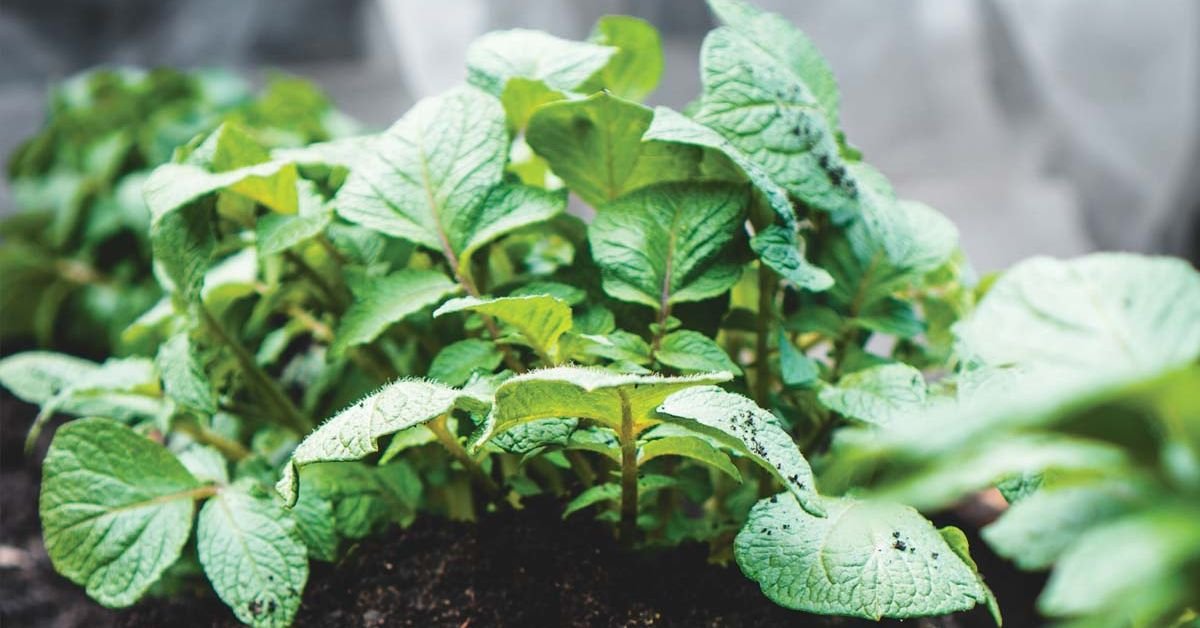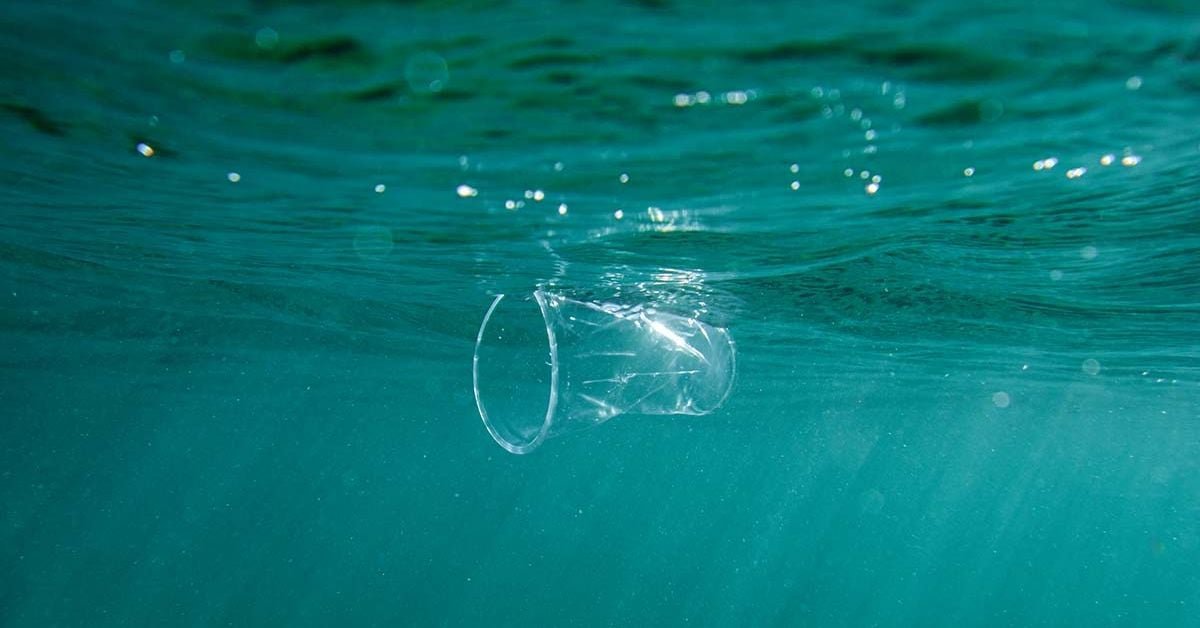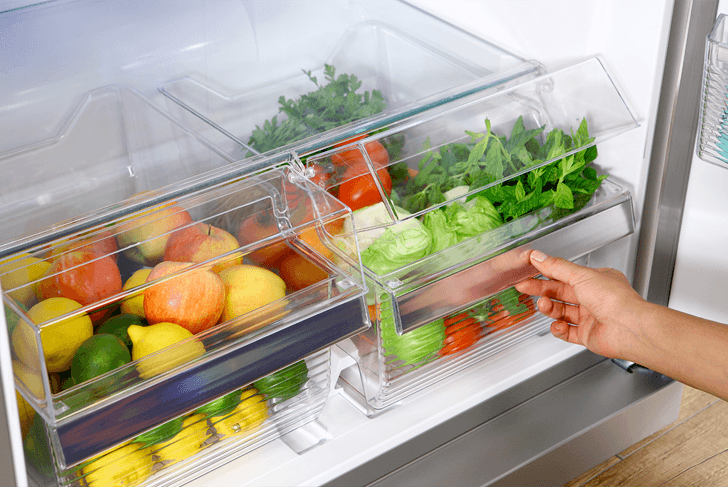Food storage
How you store your food is important. Keeping your food fresh helps reduce food waste, benefiting both the environment and your finances.
Food wraps
Say goodbye to single-use plastic wrap. There are numerous fantastic alternatives that can be washed and reused indefinitely. Consider wax wraps (made from beeswax or vegan wax) or cloth bowl covers. If you’re feeling creative, you can even make your own. The simplest method? Just cover your food with an upside-down bowl or plate.
Food storage containers
What’s the most eco-friendly option? The one you already own! To ensure your containers are bisphenol A (BPA) free, avoid those labeled “polycarbonate” or “#7 plastic,” and opt for glass or stainless steel instead.
While more manufacturers are phasing out BPA in their plastics, newer products might still contain BPA alternatives like bisphenol S (BPS). Recent studies indicate that BPS may have similar hormonal effects as BPA, and there’s a concern that it could be even more detrimental.
Baby and kid products
There are plenty of choices for products for children, such as utensils and baby bottles. Glass or stainless steel are classic and safe options for those looking to avoid bisphenols.
Silicone products are becoming increasingly popular, as children enjoy the colorful designs, and parents appreciate their durability and ease of cleaning. This synthetic rubber-like material is generally safe when you select high-quality food-grade silicone and adhere to the usage guidelines. However, be aware that while silicone is reusable, it does not biodegrade and is not easily recyclable.
Food packaging
Before hitting the grocery store, keep these tips and tricks in mind while you shop.
Cans
The good news is that cans are usually recyclable. However, the downside is that canned foods may have a lining containing BPA (or its substitutes). To find bisphenol-free options, check the product packaging, research the company online, or contact them directly.
Glass
Although glass is nontoxic and recyclable technically, curbside recycling programs may not always accept it. Check your local guidelines to understand how glass is managed in your area. You might also find companies that offer takeback programs, where they sanitize and reuse their glass packaging.
Plastic
Plastic packaging varies greatly, so it’s important to know your community’s recycling rules. Generally, plastics labeled #1, #2, and #5 are more likely to be recycled, while #3, #4, #6, and #7 are less commonly accepted. As always, remember that reducing waste is better than recycling!
No packaging at all?
Even better! Shopping at refill stores or bulk sections with your own containers can significantly reduce packaging waste. Many consumers utilize lightweight bags in the store and then transfer their purchases into their containers at home.
Gear and gadgets
Whether you prefer a minimalist kitchen or love having every appliance available, the tools you choose can reflect your values regarding practicality, health, and sustainability.
Pots and pans
Worried about nonstick coatings on cookware? The reality is quite complex. Studies suggest that perfluorooctanoic acid (PFOA) and its salts could be carcinogenic based on animal testing, but this may not directly apply to humans, and there’s no clear evidence to indicate a risk from using nonstick cookware. Nonetheless, PFOA is persistent in the environment, prompting its phased-out use.
Nonstick cookware can be easily damaged unless treated carefully. From a sustainability standpoint, investing in durable cookware that lasts is essential. Stainless steel and cast iron are two examples of long-lasting options.
Coffee makers
Making coffee at home often saves money but can generate waste. To cut down on unnecessary plastic pollution, avoid single-use coffee pods. Instead, consider low-waste alternatives like a pour-over (using reusable filters), French press, or stovetop percolator. And don’t forget to choose organic, fair-trade coffee!
10 quick ways to be eco-friendly in the kitchen
1. Compost your food scraps.
2. Save vegetable trimmings for homemade broth.
3. Plan meals in advance to minimize food waste.
4. Use wax food wraps or cloth bowl covers instead of plastic wrap.
5. Shop in bulk with your own containers.
6. Select “ugly” produce that might not otherwise sell.
7. Request no plastic cutlery when ordering takeout.
8. Regrow vegetables (like green onions).
9. Use cloths instead of paper towels.
10. Drink tap water when safe.
Tea bags made from plastic can release billions of tiny plastic particles into your tea. To avoid microplastics, opt for bulk tea steeped in a stainless steel tea strainer, or choose plastic-free tea bags.
Can you reuse plastic?
Absolutely! But proceed with caution, as plastic can be sensitive to its surroundings. If it becomes “stressed,” plastic may leach chemicals that mimic estrogen. Therefore, it’s advisable to avoid heating plastic in the microwave or using damaged items, as discolored or compromised plastic should be discarded.
Eco food?
There’s no single “ideal” diet that suits everyone, as dietary choices vary based on culture, religion, restrictions, allergies, and personal tastes. However, some general tips for making your diet more eco-friendly include:
– Eating more plant-based foods regularly.
– Reducing sugar intake.
– Choosing local, seasonal produce.
– Opting for foods cultivated using regenerative agriculture practices.
Want to store food in glass? Instead of purchasing new containers, clean out jars you already have—like pasta sauce or applesauce jars—and repurpose them. This will make your pantry look lovely, too!
If you have extra glass jars, you might consider cleaning them and donating them to a local refill store, where they can be sterilized and reused for future customers.
If you’ve got a slow cooker or rice maker that you no longer use, a sustainable option is to pass it along to a friend or neighbor who might benefit from it.
This article was originally published in the April 2022 issue of alive.


